Is this the end of faceless YouTube channels? Starting July 15, 2025, YouTube is set to enforce a new policy targeting “mass-produced,” “repetitious,” and “inauthentic” content, sending shockwaves through the creator community, particularly among those running AI-driven, faceless channels.
The announcement, which has sparked heated discussions on platforms like X, has some creators panicking while others see it as a long-overdue cleanup of low-effort content.
Here’s a deep dive into what this policy change means, which channels are at risk, and how creators can adapt to thrive in this new era of YouTube.
What’s Changing?
YouTube’s updated policy aims to refine its long-standing Partner Program guidelines, focusing on identifying and demonetizing content that lacks originality or transformative value.
According to YouTube’s official response to a viral X post, this is a “minor update” to help better detect content that has been ineligible for monetization for years, think spam, repetitive compilations, or videos that offer little beyond automated regurgitation.
The platform emphasized that this isn’t a new stance but rather an improvement in enforcement, leveraging advanced detection tools to flag content that feels robotic or low-effort.
The policy specifically targets channels producing high-volume, low-value content, such as those scraping stories from Reddit or stitching together unedited clips with minimal human input.
For example, channels like Revenge Realm, which pull in views by using AI to read Reddit stories over static images, are in the crosshairs.
These channels often rely on automated workflows, from script generation to voiceovers, with little to no creative enhancement.
Why Now?
YouTube’s move comes as AI tools become increasingly sophisticated, enabling creators to churn out videos at an unprecedented scale.
While AI can be a powerful tool for content creation, YouTube is drawing a line at content that feels “commoditized” or lacks a human touch.
The platform’s parent company, Google, is heavily invested in AI, with tools like Google V3 leading the charge in video generation. However, YouTube wants creators to use AI as a tool to enhance creativity, not replace it entirely.
This isn’t the first time YouTube has cracked down on unoriginal content. Back in 2016, compilation channels that merely stitched together viral clips were demonetized or banned overnight.
Channels that survived, like Nuk’s Top Five, thrived by adding transformative elements like original commentary and humor.
The July 15 policy update signals a continuation of this trend, with a sharper focus on AI-driven content that skirts the line of spam.
Which Channels Are at Risk?
Channels most vulnerable to this policy are those producing:
-
Reddit-scraped story videos: Channels that copy-paste Reddit threads, add AI-generated voiceovers, and pair them with a single stock image or minimal visuals. These videos often lack original input or value beyond the stolen content.
-
Low-effort compilations: Videos that string together clips without transformative commentary or editing, such as unedited “scary video” compilations.
-
Generic meditation or sound channels: Content like 12-hour rain sound loops, especially if the audio isn’t originally recorded or lacks unique elements like guided narration.
If a channel could theoretically be run entirely by a bot with no human intervention, it’s likely on YouTube’s radar. The platform is prioritizing content that feels authentic, transformative, and value-driven, whether that value is educational, entertaining, or both.
Community Reaction
The announcement has sparked a mixed response on X and other platforms.
Some creators expressed relief, hoping the policy would weed out low-quality competitors and elevate channels that invest in originality.
Others, particularly those running faceless AI channels, are worried about their future.
Comments on X posts about the update range from “AI channels are dead” to cautious optimism about adapting to the new rules.
The fear is palpable among creators who rely heavily on automation, but many are already strategizing to stay ahead.
Three Strategies to Stay Safe and Thrive
To navigate this policy change and future-proof their channels, creators can adopt these three strategies:
-
Embrace the Faceless Character Revolution
Instead of running a generic faceless channel, creators should consider developing a virtual persona to act as the “face” of their content. Channels like How to AI use animated characters to build a brand identity, fostering a deeper connection with viewers. Tools like ChatGPT can generate unique characters, and platforms like 11 Labs allow creators to craft custom AI voices, such as an “elderly Midwestern woman” for a senior health channel. This approach not only adds authenticity but also builds intellectual property (IP) that can be monetized beyond YouTube. -
Add a Commentary Shield
Transformative commentary is a proven way to stay compliant. Channels like Nuk’s Top Five succeed by overlaying original voice-overs with humor and insights, making their content legally defensible under fair use. Creators should prioritize adding their own perspective, whether through voiceovers or on-screen text, to differentiate their videos from automated compilations. -
Develop a Unique Voice
Using generic AI voices is a red flag for YouTube’s detection algorithms. Instead, creators can leverage tools like 11 Labs to clone their own voice or design a custom one that stands out. A unique voice, paired with high-quality scripts that blend multiple sources into original content, signals human effort and creativity. Avoid copy-pasting unedited scripts from ChatGPT or Reddit, fact-check and enhance them to provide unique value.
The Bigger Picture
YouTube’s policy update isn’t the end of AI-driven content; it’s a call to action for creators to use AI responsibly.
Google’s investment in AI tools suggests that the technology is here to stay, but only for those who treat it as a creative enabler rather than a shortcut.
Channels that prioritize value through storytelling, education, or entertainment stand to gain a competitive edge as low-effort content gets weeded out.
For creators willing to adapt, this is an opportunity to build sustainable, long-term businesses on YouTube. By focusing on originality, transformative content, and brand-building, they can not only survive but thrive in the platform’s evolving landscape.


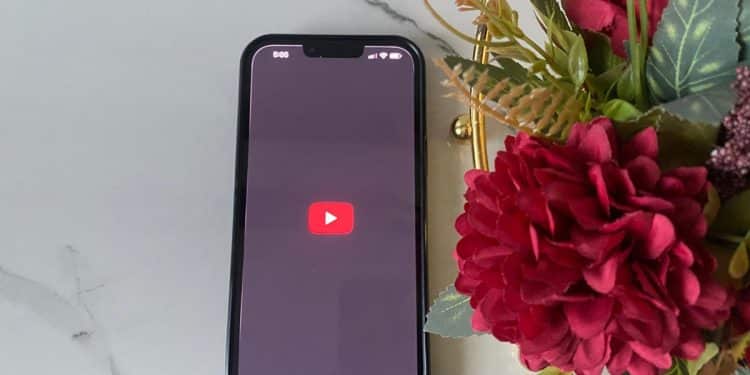
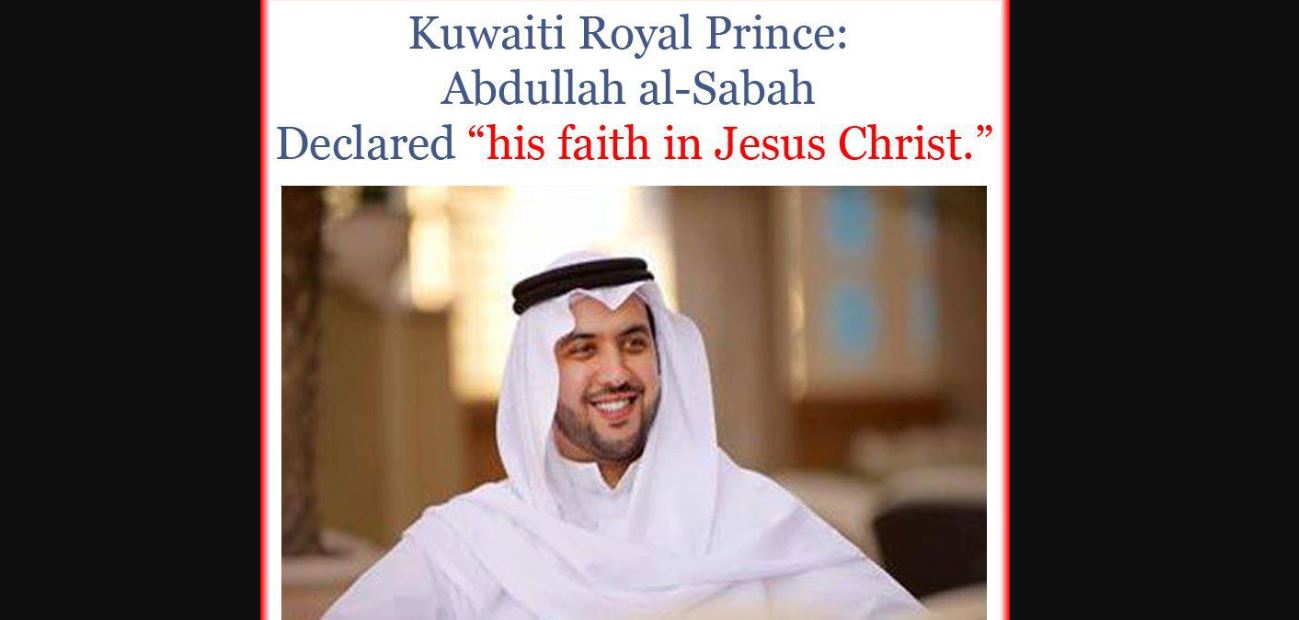
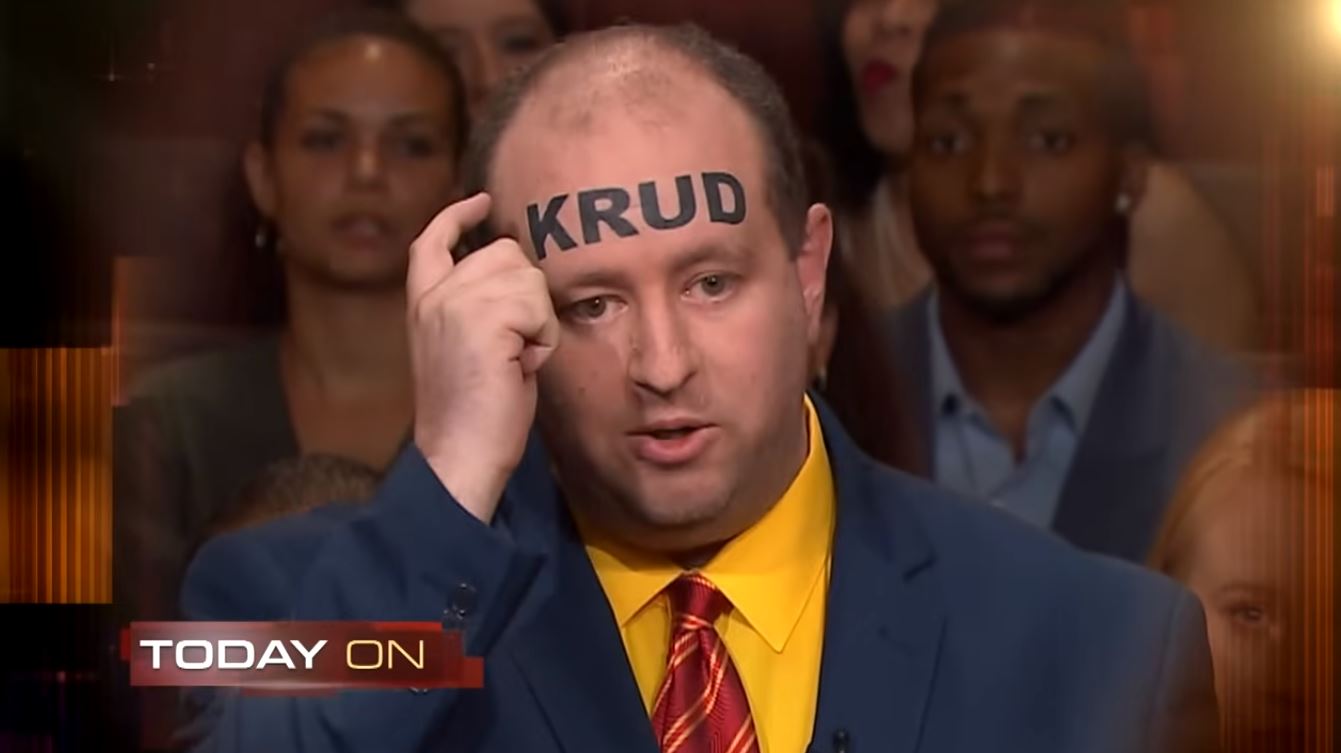
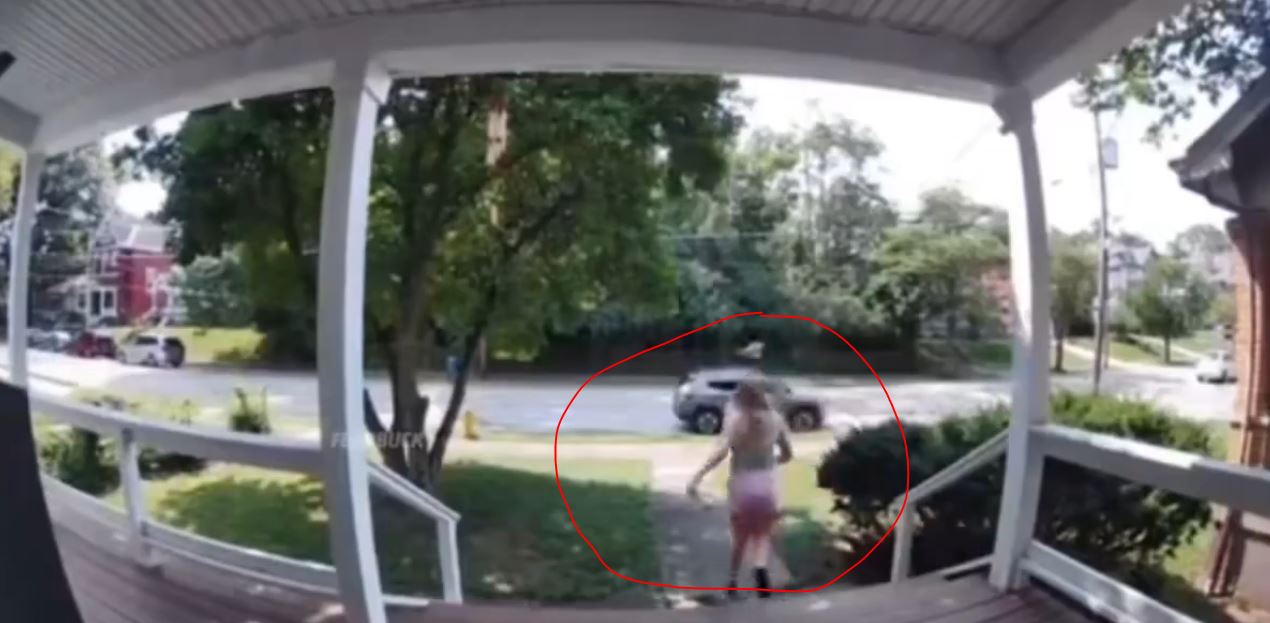
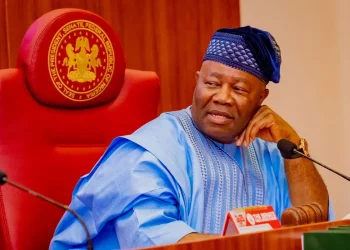






![TikToker Peller Hospitalised After Suicide Attempt Following Breakup With Girlfriend Jarvis [VIDEO]](https://bestlagos.ng/wp-content/uploads/2025/12/Blank-2-Panel-Portraits-Comic-Strip_20251214_173158_0000-350x250.jpg)

![Terrifying Uber Ride: Lady Panics After Discovering Broken Door Lock Mid-Trip [VIDEO]](https://bestlagos.ng/wp-content/uploads/2025/12/White-Modern-Fashion-Trends-Photo-Collage_20251211_085520_0000-350x250.jpg)









